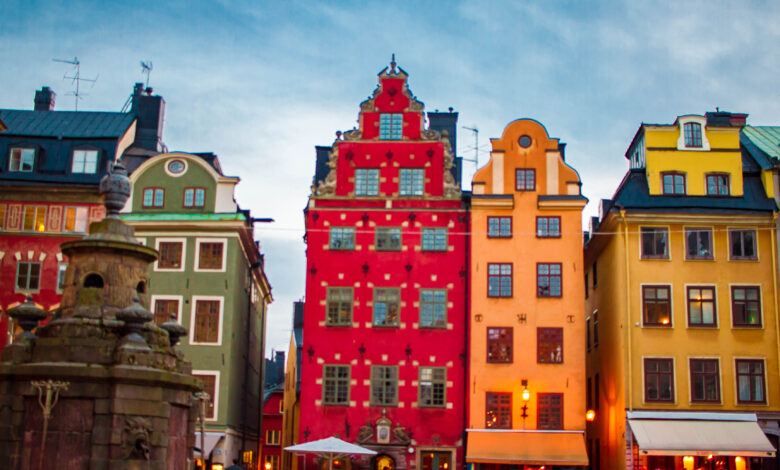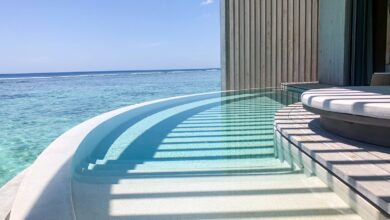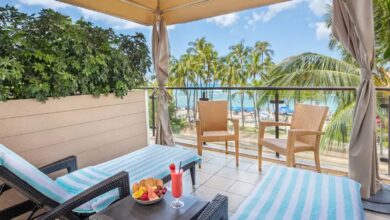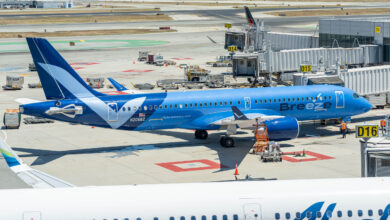Tips for preparing your trip to Sweden

If you are starting to prepare your trip to Sweden or vacation in Stockholm, you should keep in mind these tips that can make your task easier. I have compiled them after living in Sweden for some time and also after numerous tourist trips to the country.
Documents required to travel to Sweden
If you are a European citizen of a Schengen country or a country with a Schengen agreement, you only need your valid ID card. You do not need a passport to visit Sweden. This allows you to stay 90 days in Sweden. If you are a non-EU citizen you should check with the Swedish embassy in your country to see what rules apply.
Use of money in Sweden
In Sweden the Swedish krona (SEK or KR) is used. It is divided into 100 öre. Don’t worry too much about exchanging money as almost everything is paid by card. You can find more information in this article about taking cash to Sweden and where to change money. Here is another article in case you want to calculate an estimated budget for a trip to Stockholm, the most visited destination in the country.
The Swedish krona fluctuates in recent years between 9 and 11 SEK per euro. If it is above 10 SEK/EUR like this year it can be considered a good year to travel to Sweden. You can check here the current SEK to EUR exchange rate. Ah, tips are not left in hotels and restaurants usually leave 10% if the service is not included. Nice and cheap hotels can be booked at Karta where you can pay directly in your local currency.
Climate and clothes to wear in Sweden
Sweden has a great climatic variety depending on the latitude, that is to say, the more to the north the colder and the time of the year in which we are. Kiruna, in the north, in winter can have days of -30ºC. While Malmö, to the south, has temperatures above zero.
As most of you I imagine will be visiting Sweden between June and September, clothing should be spring-like unless it is an exceptionally hot year. This means that it is always a good idea to bring a light jacket for the evenings. While in summer during the daytime Stockholm and Gothenburg can reach 25-30ºC or more in the evenings the temperature can drop to 10-12ºC. An umbrella or raincoat is also not a bad idea to avoid occasional drizzle.
To check the current temperature and weather forecast in Sweden I recommend the Swedish weather service SMHI.
Language in Sweden
The national language is Swedish but any Swede, even a person over 60-70 years old, will speak perfect English. Some also speak a third language among which Spanish is usually found. Not to mention the large number of Chileans, Peruvians, Spaniards and other Spanish-speaking immigrants.
Visiting the doctor in Sweden
As a European citizen you should have the EHIC, the European Health Insurance Card, as it will save you headaches in case you have to go to the doctor or hospital in Sweden. In the country, visits to the doctor and hospital are paid (between 15-30 € at the exchange rate) but with your EHIC you get your money back. You ask for it in your corresponding Social Security center.
Hospitals in Swedish are called sjukhus. Emergency corresponds to vårdmottagning or akutmottagning. Pharmacies are labeled apotek.
Business and living hours in Sweden
Sweden is in the same time zone as Spain, i.e. Central European Time (CET). However, in Sweden everything starts earlier and ends earlier than in Spain. Many public transport and other things change their operating hours to distinguish between “winter time” (vintertid) and “summer time” (sommartid). Winter time usually starts operating from the second week of August, which coincides with the time when children start school.
As for the hours of operation of the services, the situation is also different. Restaurants serve meals between 11:30 and 14:00. Dinners can start from 18:30 or 19:00. You will hardly find a kitchen open beyond 22:30 and even earlier in small towns. Stores are open between 10:00 and 18:00 and in summer the opening hours can be extended until 19:00. The same applies to museums. Ah, it does not close at noon and on Sundays everything is usually open.
Driving in Sweden
You can drive with your Spanish driving license. Speed limits are lower than in Spain. On the few highways, in comparison, 110 km/h is usually the maximum speed. On the highway 90, 70 and 50 km/h. In town 40 and 30 km/h in areas near schools and homes with children. Swedes tend to adhere strictly to these limits as, except on the lost roads in the north, there are frequent speed controls. The roads are in good condition and generally not difficult to drive on.
Here are some tips on driving in Sweden to which I would add to watch out for possible wild animal crossings. Check out this article on the specific Swedish rules for driving and stopping with a caravan or motorhome and this one to understand the complex parking system.
Cell phone use in Sweden
Since July 2017 you can use your cell phone in Sweden at the same price as you would if you were in Spain. This is for calls made to Spanish mobiles. If you call or send messages to Swedish phone numbers it will be the corresponding international rate. Data usage will also be according to the plan you have contracted. Oh, by the way: you can no longer use your cell phone while driving!
For Swedish phone numbers the international prefix is +46. When you see a number with a 0 in front of it, you must remove it. For example +46 (0) 123 456 will be +46 123 456 for you.
Access to nature in Sweden
Sweden has something known as Allemansrätten that allows everyone to use nature for free which makes it possible for you to pitch your tent almost anywhere you want, pick berries, flowers and mushrooms without asking anyone’s permission, etc. Read here if you want more information about Allemansrätten and the enjoyment of Swedish nature and the responsibilities that come with it.
Accessibility in Sweden
It is difficult to estimate how many percent of hotels, restaurants, museums, etc. are adapted and accessible but it is a very very high figure. I would say the majority. This means that if you travel with a disability you will not have major problems. On the other hand, museums do not usually offer free entrance to disabled people (but to the companion if needed).
Emergencies in Sweden
Emergencies in Sweden are also managed through 112, which will put you in contact with SOS Alarm. This should be used for emergency situations involving danger to life, personal belongings or the environment. For example if you need urgent help with an ambulance, police, land, sea, air or mountain rescue services. Also for situations of poisoning by consumption of an unknown substance.
For missing children the telephone number is 116 000.
Other things to keep in mind
These are some of the ideas that can make it easier for you to prepare your trip to Sweden. If I have forgotten anything important or you want me to answer any specific question about traveling to Sweden leave me a comment, I will answer it and if it is of general interest I will add it to the article.
If you are looking for specific information here you have about preparing a trip to Stockholm, about types of cheap accommodation in Sweden and a route through Gothenburg and the West Coast of Sweden.




